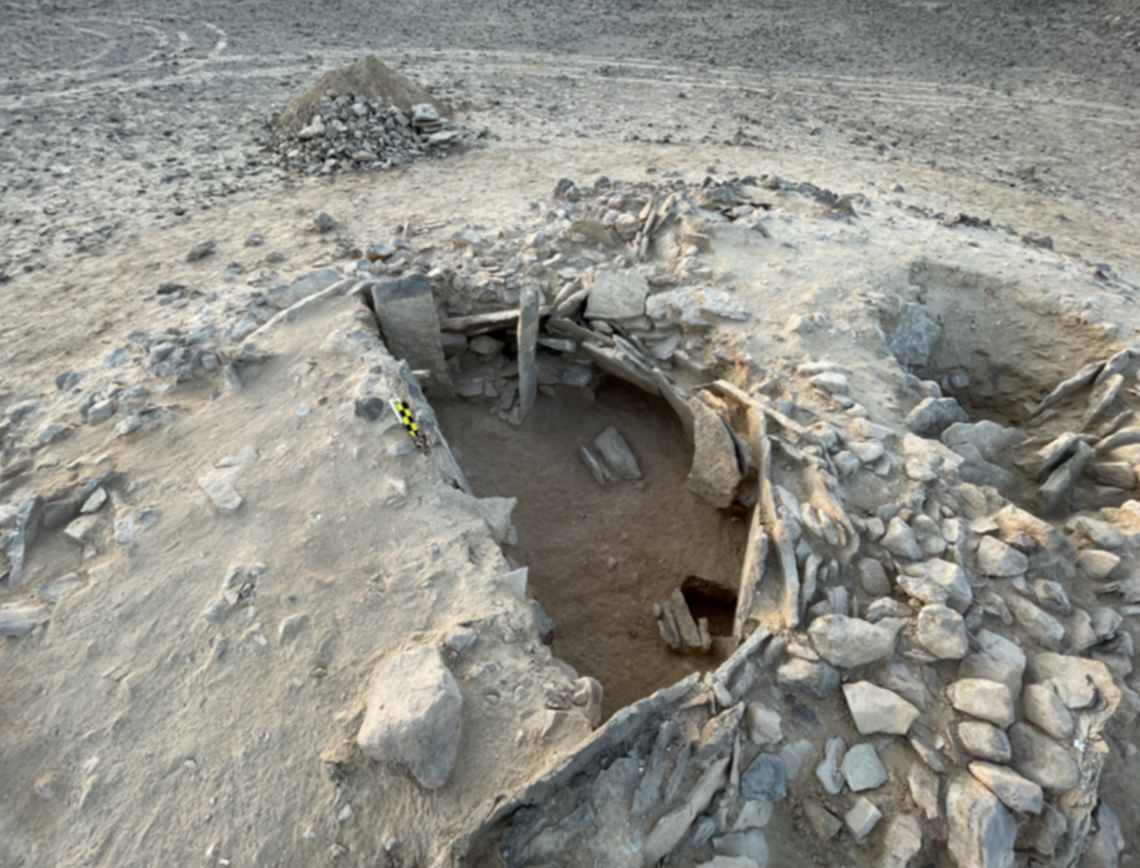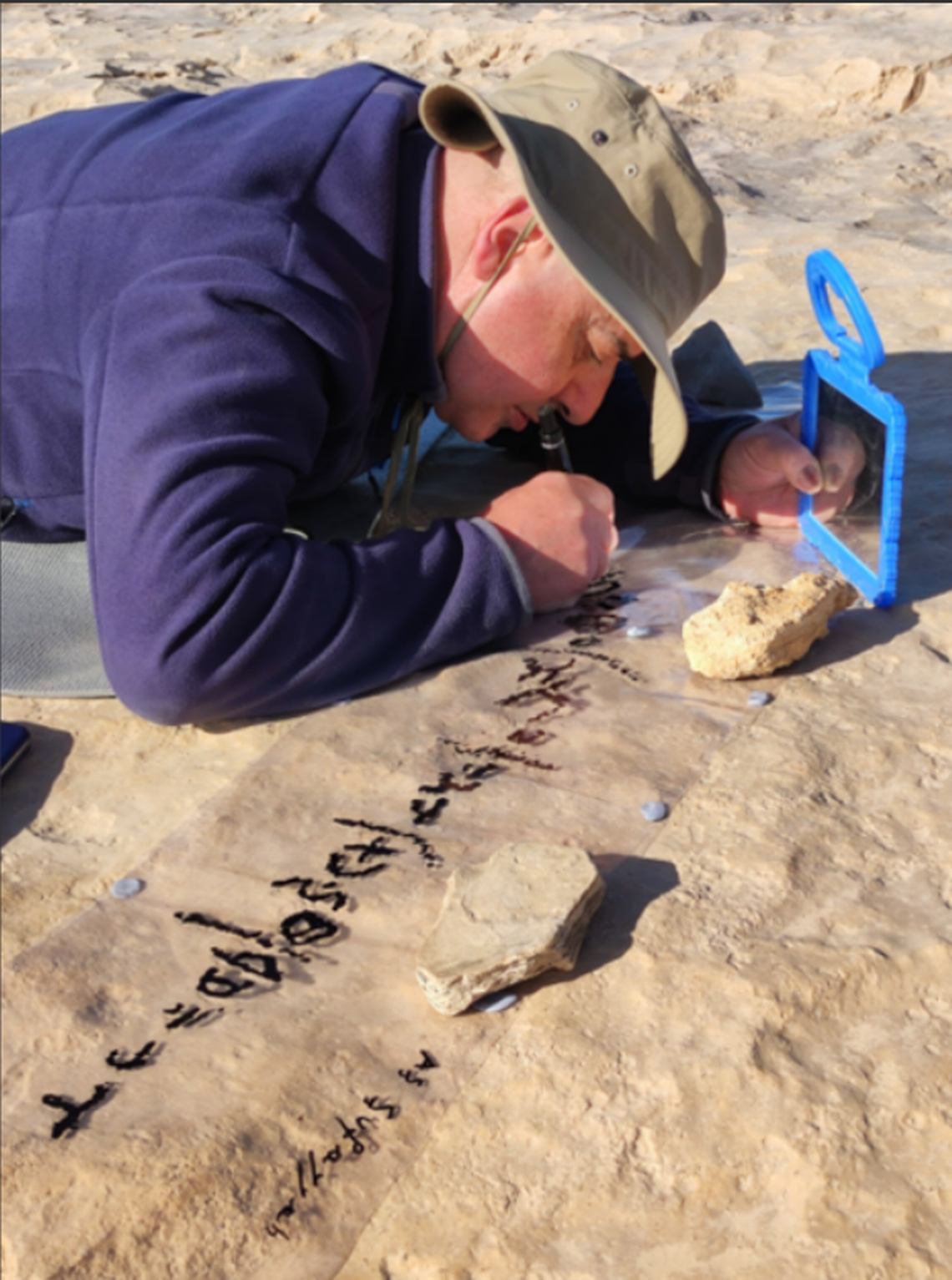‘Arabian Stonehenge’ — a 2,000-year-old mysterious monument — unearthed in Oman desert
Artifacts recently uncovered in Oman — including ancient tools, Neolithic tombs and a mysterious monument dubbed “Arabian Stonehenge” — shed light on early human migration in the region.
The findings were made during a desert excavation conducted by an international team of archaeologists, according to an April 14 news release from the Czech Academy of Sciences.
Two sites were explored — one in the Dhofar Governorate in the southern part of the country on the border with Yemen.
At the Dhofar site, researchers discovered stone axes that date to the earliest human migration from Africa, meaning they are between 300,000 and 1.3 million years old.
“Due to its geographical location, Arabia served as a natural migration route from the African cradle of humankind into Eurasia,” researchers said.

Also unearthed at the site were eggshells belonging to extinct ostriches and an old riverbed, indicating the climate was radically different than it is today.
“Green” windows, characterized by wet climates and vegetation, occasionally existed over the millennia in Arabia, punctuating long stretches where the climate was arid, according to a study published in 2021 in the journal Nature. Human migration through the Arabian peninsula coincided with these wetter climates, according to the study.
Perhaps the most puzzling discovery made at the Dhofar site was a 2,000-year-old monument that has been called Arabian Stonehenge due to similarities it shares with England’s well-known cluster of standing stones.
Researchers refer to the stones as ritual monuments, or triliths. It’s not known who built them or what their purpose was.
Triliths are made up of three flat standing stones that form a pyramid and are situated in groups, according to a study published in 2019 in the Proceedings of the Seminar for Arabian Studies.
More than 500 trilith sites with various configurations have been found on the Arabian peninsula, revealing “trails of mobility across southern Arabia,” according to the study.
Researchers said that radiocarbon dating can be used to provide more information about the newly found monuments.

The second excavation site was in the Duqm province in central Oman and a Neolithic tomb was the major discovery made there.
“A megalithic structure concealing two circular burial chambers revealed the skeletal remains of at least several dozen individuals,” Alžběta Danielisová, one of the archaeologists, saids in the release.
Also found were rock engravings dating between 5,000 B.C. and 1,000 A.D. that provide an illustrative record of human habitation of the area.

The two excavations are part of a larger project focused on historical human adaptation to different environmental conditions.
“The detected interactions of African and Arab archaeological cultures characterize the mobility of populations of anatomically modern humans,” Viktor Černý, an archaeologist in Prague, said in the release. “It will be interesting to confront these findings also with the genetic diversity of the two regions and create a more comprehensive view of the formation of contemporary society in Southern Arabia.”
Oldest known Viking ship is found near early kings’ burials in Norway, experts say
Millennium-old monastery emerges from lake in drought-stricken Spain, photos show
Prehistoric predator’s last meal reveals an undiscovered ancient species, study says
